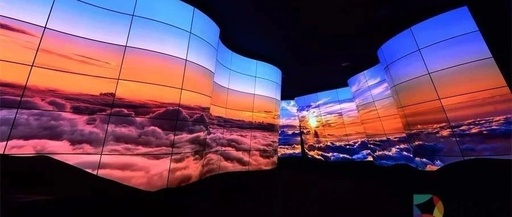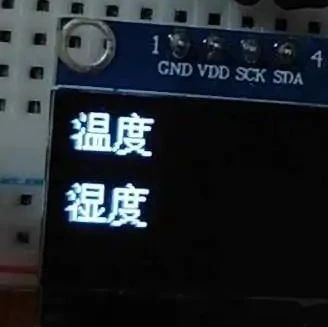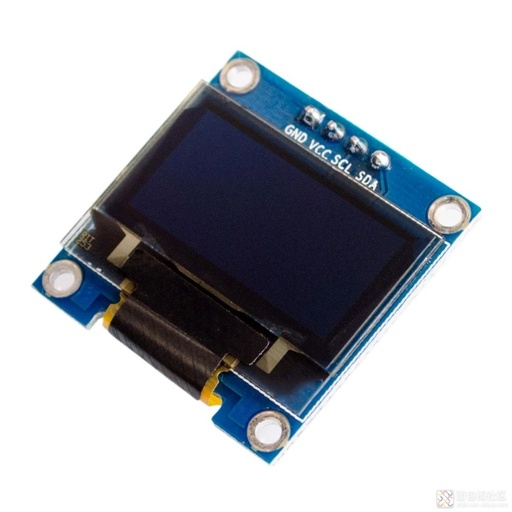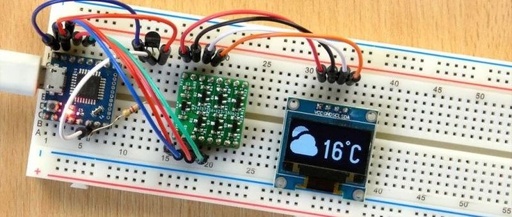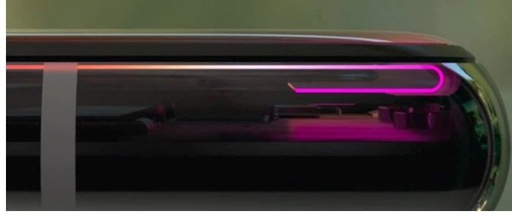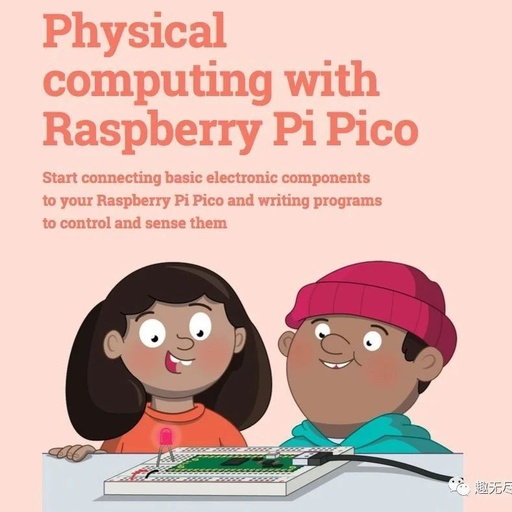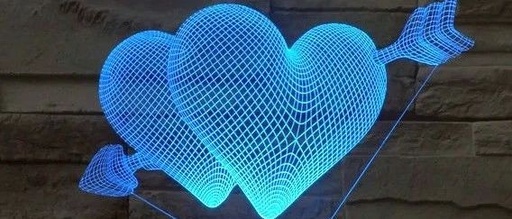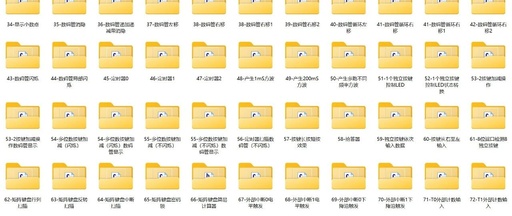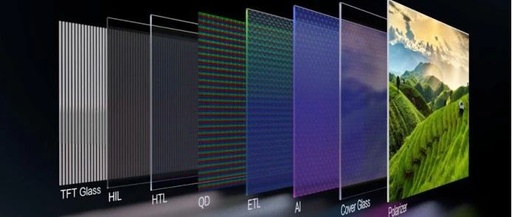The Era of Display Technology: Which is Right for You? LCD, OLED, QLED, or MicroLED?
“LCD will never be a slave!” Whenever I recommend OLED products to friends, they always reply with this line. This not only expresses their persistence towards LCD but also indirectly reflects a fact: LCD has completed its historical mission and is gradually being replaced by more advanced display technologies like OLED. The use of organic … Read more
